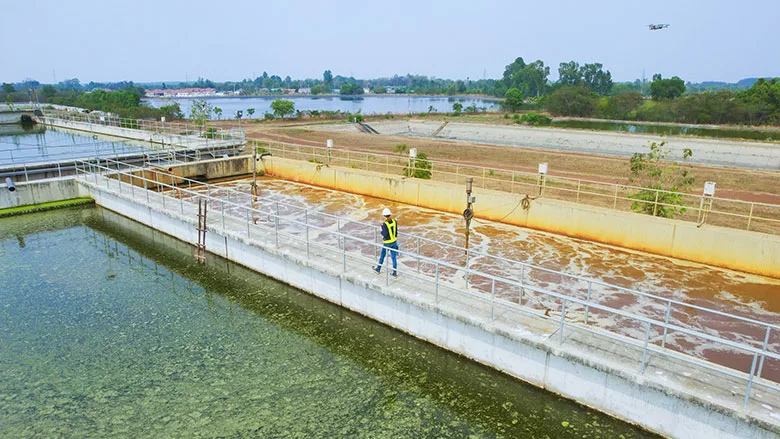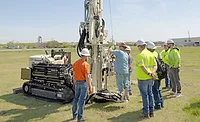Webinar Examined Small-Water Systems’ Challenges that Consolidation Might Solve
Data used to identify ‘failing-drinking-water systems'.

Source: Getty Images
Challenges faced by small-water systems that might indicate such a system needs to consider consolidating its management with larger water systems that have more resources were presented at an Environmental Protection Agency (EPA) webinar held Aug 27, 2024.
“‘Failing drinking-water systems’ is a phrase used to describe small-water-systems that consistently fail to provide a safe source of drinking water,” said Chad Fischer, a supervising engineer with the California State Water Resources Control Board, which has used the Safe and Affordable Funding or Equity and Resilience (SAFER) program to help struggling water systems to continue providing safe drinking water.
The SAFER program uses data to identify need and guide decision making on sustainable drinking water solutions, according to the EPA, which adds that direct engagement and partnerships can provide solutions that best meet the needs of a community. The presentation discussed how data, direct engagement, and a breadth of experience create feasible consolidation solutions that offer the highest levels of water system sustainability and resilience, EPA says.
The webinar included Fischer presenting his experiences working with struggling small water systems, and that helped water authorities guide their small-water-system policies and programs.
The consolidation of small municipality water systems with larger systems has been proposed as a strategy for dealing with the costs associated with implementing the drinking water rule the EPA issued on April 10, 2024 that sets standards for five per-and poly-fluoroalkyl (PFAS) substances, as well as the second rule issued by EPA on April 18, 2024, that designates perfluorooctanesulfonic acid (PFOS) and perfluorooctanoic acid (PFOA) as hazardous substances.
In addition, on May 30, 2024, the EPA issued the proposed “Water Systems Restructuring Assessment Rule” (WSRAR), which seeks to direct states and public water systems to develop a framework to evaluate and implement restructuring alternatives for systems that are in chronic noncompliance with drinking water standards and those should consider consolidation or transfer of ownership to achieve compliance with such standards.
There are nearly 7,300 public water systems in California, including about 400 public-water-systems that are school systems, which are stand-alone systems, Fischer said. Of the 7,300 public-water-systems, about 3,000 are community water systems, and about two percent of those systems or 380 systems are failing and that should consolidation with larger water systems, he said.
There are criteria used to determine a safe-drinking-water system and a failing water system in California, Fischer said. While the criteria to identify failing-water-systems has evolved over the previous four years, it can be said a failing water system is a water system that fails to consistently provide a safe source of drinking water, said Fischer, who added it is data that is used to determine if a water system is failing or not failing.
An expert in water-system data is Andrew Murray, a geographer with EPA’s Office of Research and Development, provided insight into water-system data collection programs that includes mapping the U.S.’s nearly 49,000 community water systems, which includes small systems such as those serving mobile home parks.
A failing-water-system is not measured by a single monitoring, but a collection of data.
Data collected on small water systems is focused on identifying violations of the Safe Drinking Water Act, including nitrate violations, said Murray, who added the data collected has not only recorded such violations since 2010, it also lists the levels in milligrams per liter and if maximum contaminant levels (MCLs) have been reached.
The data is detailed enough to record that “between 1982 and 2015, there were over 95,000 violations,” said Murray, and that in any given year from 7 to 8 percent of the water systems record at least one health-based violation.
Furthermore, Fischer stressed that a failing-water-system is not measured by a single monitoring, but a collection of data. That the data has helped establish “the foundation for the creation of the SAFER program” and “the drinking water solutions that we’re pursuing in California,” he said. “Especially how we’re thinking about consolidations as a sustainable drinking water solution,” he added.
EPA ORD Small Drinking Water Systems Webinar - Consolidation, Partnerships, and Regionalization
Looking for a reprint of this article?
From high-res PDFs to custom plaques, order your copy today!




